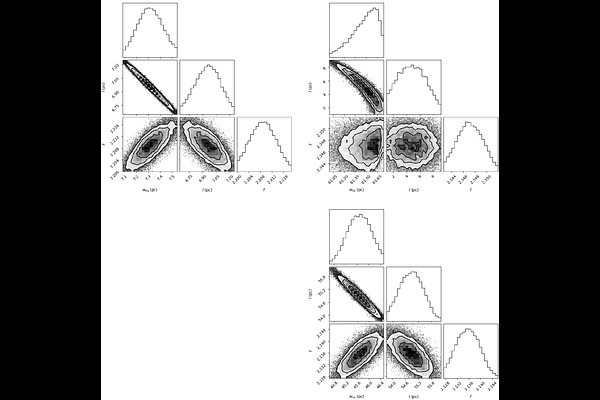Element nucleosynthetic origins from abundance spatial distributions beyond the Milky Way

Element nucleosynthetic origins from abundance spatial distributions beyond the Milky Way
Zefeng Li, Mark R. Krumholz, Anna F. McLeod, A. Mark Swinbank, Emily Wisnioski, J. Trevor Mendel, Francesco Belfiore, Giovanni Cresci, Giacomo Venturi, Jialai Kang
AbstractAn element's astrophysical origin should be reflected in the spatial distribution of its abundance, yielding measurably different spatial distributions for elements with different nucleosynthetic sites. However, most extragalactic multi-element analyses of gas-phase abundances to date have been limited to small numbers of sightlines, making statistical characterization of differences in spatial distributions of elements impossible. Here we use integrated field spectroscopic data covering the full face of the nearby dwarf galaxy NGC 5253 sampled at 3.5-pc resolution to produce maps of the abundances of oxygen, nitrogen, and sulfur using independent direct methods. We find strong evidence for differences in the elements' spatial statistics that mirror their predicted nucleosynthetic origins: the spatial distributions of oxygen and sulfur, both predominantly produced in core-collapse supernovae, indicate that initial injection occurs on larger scales than for nitrogen, which is predominantly produced by asymptotic giant branch stars. All elements are well-correlated but oxygen and sulfur are much better correlated with each other than with nitrogen, consistent with recent results for stellar abundances in the Milky Way. These findings both open a new avenue to test nucleosynthetic models, and make predictions for the structure of stellar chemical abundance distributions.